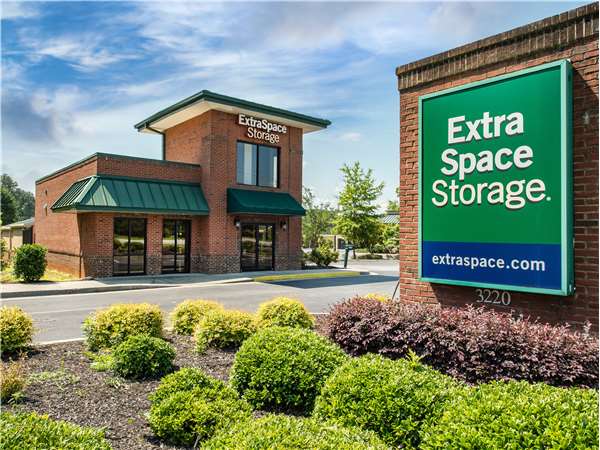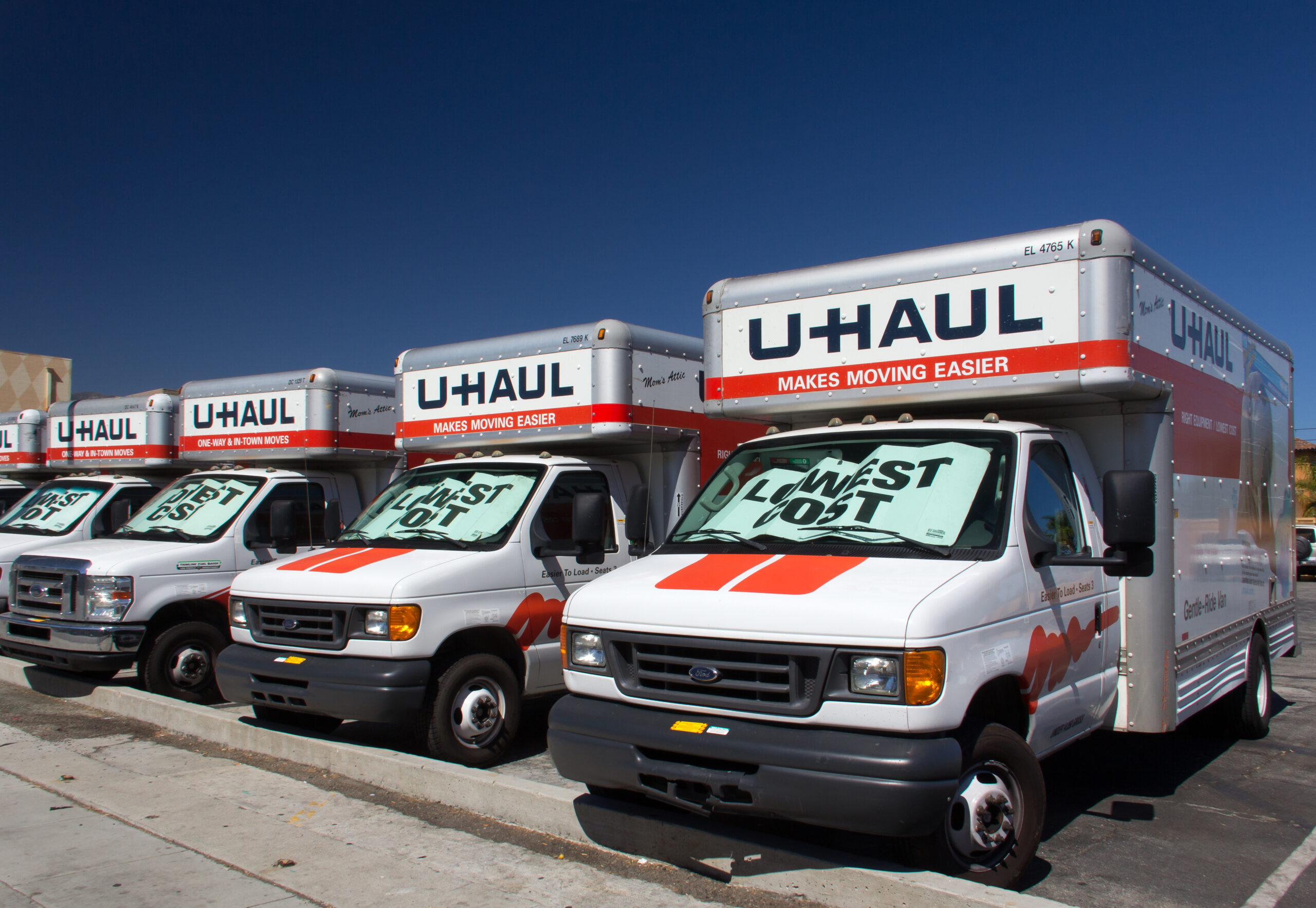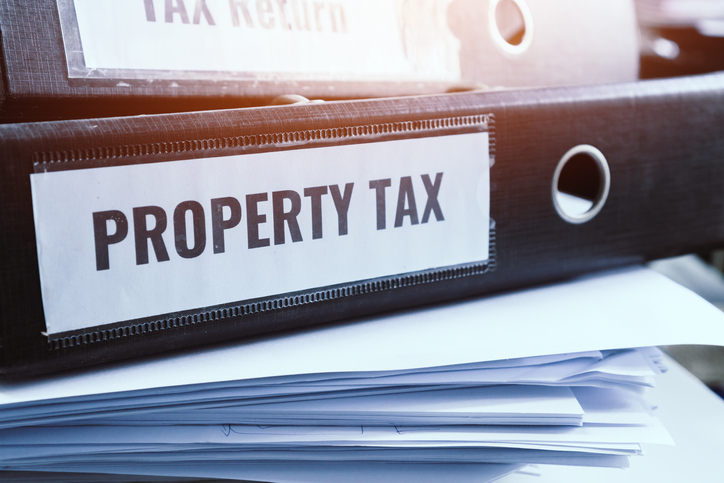Breaking Down the Biden Tax Plan
Breaking Down the Biden Tax Plan
By: Yann Reichelt, CPA, Advisor

Although no formal plan has been released there are multiple levels within the Biden Tax plan which should be noted by business owners. Corporate tax rates can be expected to rise to 28% from the current 21%. A 7% tax increase may not seem ideal for business owners, but it is 7% less than the corporate tax rate of 35% before the Trump tax reforms of 2017.
A concern of commercial real estate investors has been the repeal of like-kind exchange rules. Under US tax law like-kind or 1031 exchanges allow for a transaction or series of transactions to allow an owner to dispose of one asset and acquire a replacement asset. The generation of tax liability during these exchanges may make owners think twice before selling their assets.
If the Biden Administration successfully repeals the 1031 exchange, we may see a shift towards investor’s usage of a lesser-known tax deferral strategy known as a 721 exchange.
Under a 721 exchange, a seller transfers their investment into a Real Estate Investment Trust (REIT) and Umbrella Partnership Real Estate Investment Trust (UPREIT) and in return receives ownership shares of the REIT/UPREIT. It is important to note that similar to a 1031 exchange, the resulting capital gains from the sale of the investment property in a 721 exchange is only deferred, not avoided. Additionally, there are two key differences between a 721 and 1031 exchange. First, once a 721 exchange is completed, there is no “switchback” – i.e., the REIT/UPREIT shares cannot be converted back to real estate through a 1031 exchange or subsequent 721 exchanges. Second, if the REIT/UPREIT sells a portion of the portfolio and returns capital to the investors, the investors will be required to recognize any capital gain or loss when they file their taxes.
Another potential drawback for the commercial real estate industry is the proposed limitations for investors’ use of real estate losses. If you sell your investment property for less than your cost basis, you can use that loss to offset all of your capital gains from other investments and up to $3,000 in income from other sources in the current year. The combination of preventing investors from using losses to offset capital gains and the potential repeal of the 1031 exchange are significant setbacks to the real estate industry.
Proposed changes to reduce the Estate Tax Exemption to $5 million from $11.58 million is another item that individuals should be aware of. Currently, this provision allows for tax-free exclusion on the transfer of an estate up to $11.58 million with any excess taxed at a rate of 40%. As a result, business owners interested in valuing and transferring their assets to family members may need to assess the impact of cutting the exemption in half.
Other Expected Changes under the Biden Tax Plan:
We can expect to see tax credits within the manufacturing industry. The goal is to revitalize facilities and ideally increase production in the US. Currently, there are 565,537 manufacturing businesses in the United States a 1.4% decrease from 2019. China is the leading manufacturer in the world with over $2.01 trillion in output followed by the US at $1.867 trillion.
The pharmaceutical industry can expect to see incentives eliminated to move production overseas. Germany leads the world in drug export revenue at $62.3 billion. The United States hits the list at number 5 generating $22 billion dollars annually.
Pharmaceutical production isn’t the only list that Germany sits at the top of, they are currently the most energy-efficient country in the world. The Biden tax plan proposes to extend tax incentives that generate energy-efficient and clean energy jobs which could help the US climb from their current position as the 13th most energy-efficient economy.
New market tax credits provide incentives to businesses that invest in low-income communities. Under the Biden administration, we can expect to expand tax credits for investors willing to initiate growth in these new markets. Additionally, business owners can plan for more tax credits under the low-income housing tax credit. This is a dollar-for-dollar tax credit for affordable housing investments.
Tax credits to encourage businesses to build child care facilities onsite. With 64.2% of households having two employed parents and 23% of households being run by single parents, onsite daycare would alleviate many parental concerns.
One last tax credit to be on the lookout for are tax credits to improve accessibility and compliance for the Americans with Disabilities Act. The ADA prohibits discrimination on the basis of disability in employment and requires business owners to provide reasonable accommodations for employees with disabilities. Although smaller businesses will not be able to take advantage of these tax credits (businesses with fewer than 15 employees are not covered by ADA provisions) larger businesses willing to make these changes could see incentives come tax time.
The ultimate impact of the proposed changes outlined is difficult to determine amid the uncertainty involved on what changes will actually be passed into law. A key factor will be the results of the senate run-off race in Georgia where Democrats need to win 2 seats in order to have equal footing in the senate. If the Republican Party remains in control of the senate, it will be very difficult for Biden’s proposed changes to get passed into law. Lastly, the earliest that any of these measures may take effect is 2021.
Yann Reichelt is a CPA and currently works as a Manager for the Business Assurance and Advisory at Keiter. He joined the TSAG team in 2020 and works collaboratively with Jonathan Spencer and Scott Eckert in various markets throughout the US. Yann brings over a decade worth of experience in accounting to the TSAG team. If you have further questions about how the Biden tax plan affects your self-storage asset, please reach out to Yann directly at [email protected].


 The Storage Acquisition Group specializes in purchasing storage facilities and portfolios nationwide. Uniquely, we allow owners to sell direct without having to list their facility. With our 4-tiered approach, Market Analysis, Acquisitions, Underwriting, & Closing Support, The Storage Acquisition Group is able to help owners navigate a simple sales process while netting the highest possible profit.
The Storage Acquisition Group specializes in purchasing storage facilities and portfolios nationwide. Uniquely, we allow owners to sell direct without having to list their facility. With our 4-tiered approach, Market Analysis, Acquisitions, Underwriting, & Closing Support, The Storage Acquisition Group is able to help owners navigate a simple sales process while netting the highest possible profit.










